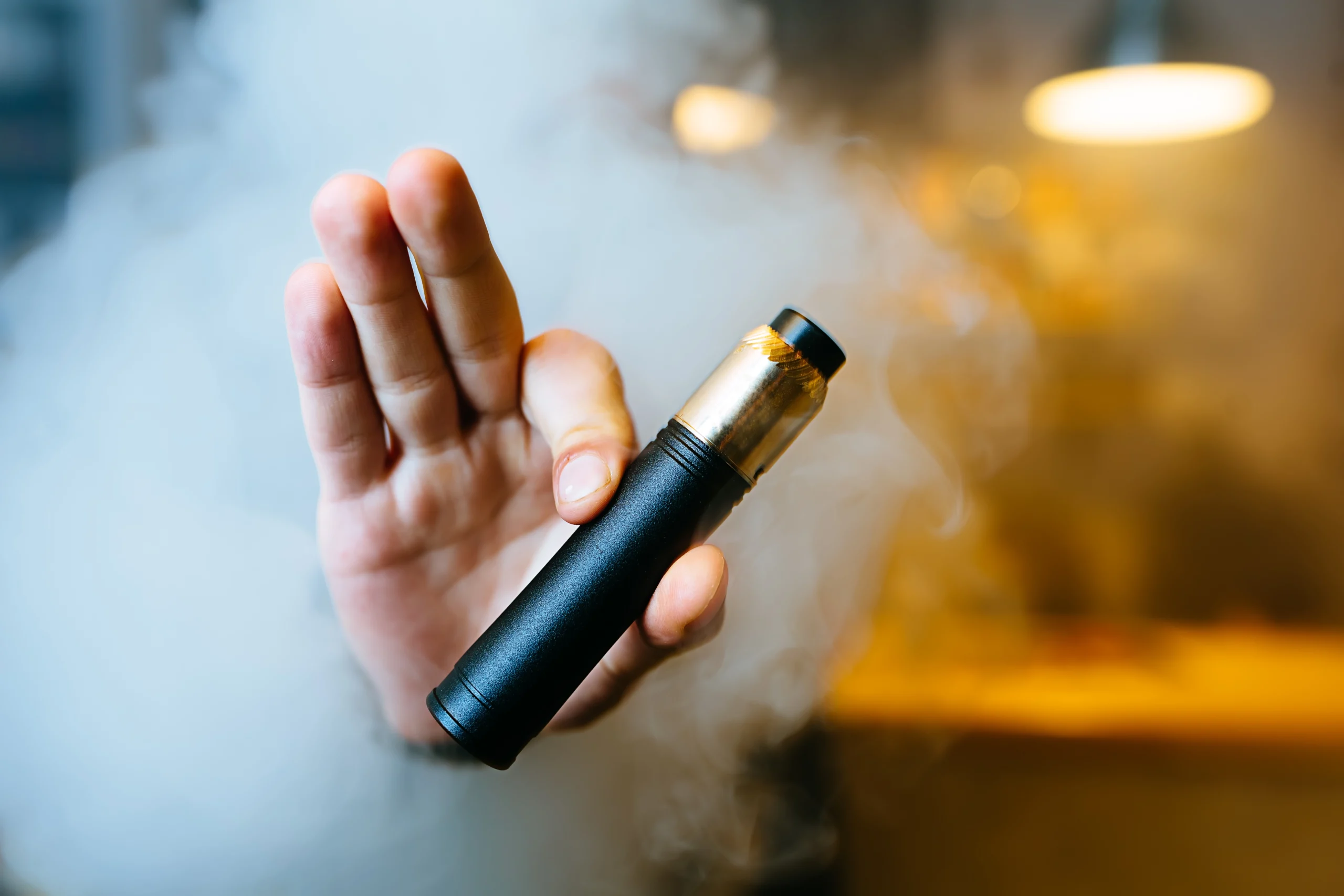- 4 Oct 2025

Table of Contents
ToggleVaping’s surge in popularity, particularly among younger demographics, raises a crucial question: “Why do people vape?” The reasons are complex, extending beyond simple nicotine addiction to encompass social, psychological, and sensory factors. Understanding these motivations is essential for addressing the public health implications of this trend.
Vaping devices, delivering nicotine and flavorings as an aerosol, have rapidly gained traction. Their sleek designs, diverse flavors, and perceived novelty contribute to their appeal. Initially marketed as smoking cessation tools, they’ve evolved into recreational devices, particularly among youth.
Nicotine addiction is a primary driver. E-cigarettes deliver high nicotine concentrations, often through “nicotine salt” formulations, facilitating rapid dependence. Withdrawal symptoms, such as irritability and cravings, reinforce continued use.
Many perceive vaping as less harmful than smoking. However, this is misleading. While fewer harmful chemicals may be present, vaping poses its own risks, including potential lung damage. The long-term effects remain under study, and the “water vapor” myth is dangerous.
Peer pressure and social trends significantly influence vaping, especially among adolescents. It’s often portrayed as “cool” or “trendy.” Diverse flavors appeal to younger users, and vaping can serve as a coping mechanism for stress or boredom. Social media normalization further contributes.
The vast array of flavors, from fruit to dessert, creates a pleasurable sensory experience. “Cloud chasing” subcultures add to the appeal. The ritual of vaping can become a comforting routine.
Aggressive marketing, targeting youth, has fueled vaping’s rise. Social media influencers and celebrity endorsements promote these products. The sleek design and lack of strict advertising regulations contribute to widespread promotion.
Some use vaping as a temporary alternative to smoking, aiming for gradual nicotine reduction. However, dual use is common. The oral fixation provided by vaping helps some attempting to quit smoking.
Vaping is not harmless. Long-term health effects are unknown. Nicotine addiction is a significant risk. Adolescent vaping raises serious concerns. Heavy metals and harmful chemicals in some products are alarming.
Comprehensive education about vaping risks is crucial, especially for youth. Stricter regulations on marketing and sales are needed. Support programs for nicotine addiction are essential. Counter-advertising and medical professional education are vital. Parents and educators must recognize vaping signs and intervene.
“Why do people vape?” reveals a complex mix of addiction, social factors, and perceived benefits. While some use it for smoking cessation, its popularity, especially among youth, is a public health challenge. A multifaceted approach, including education, regulation, and support, is necessary.

Hariom Patidar has been working in digital marketing for 3 years. He loves using online tools to make great campaigns for businesses. Hariom is really good at what he does and has helped many companies get more people to know about them online. When he’s not busy with work, Hariom likes to learn about new things in marketing.
High CBD Gummies by Marketcap © All Rights Reserved 2025



